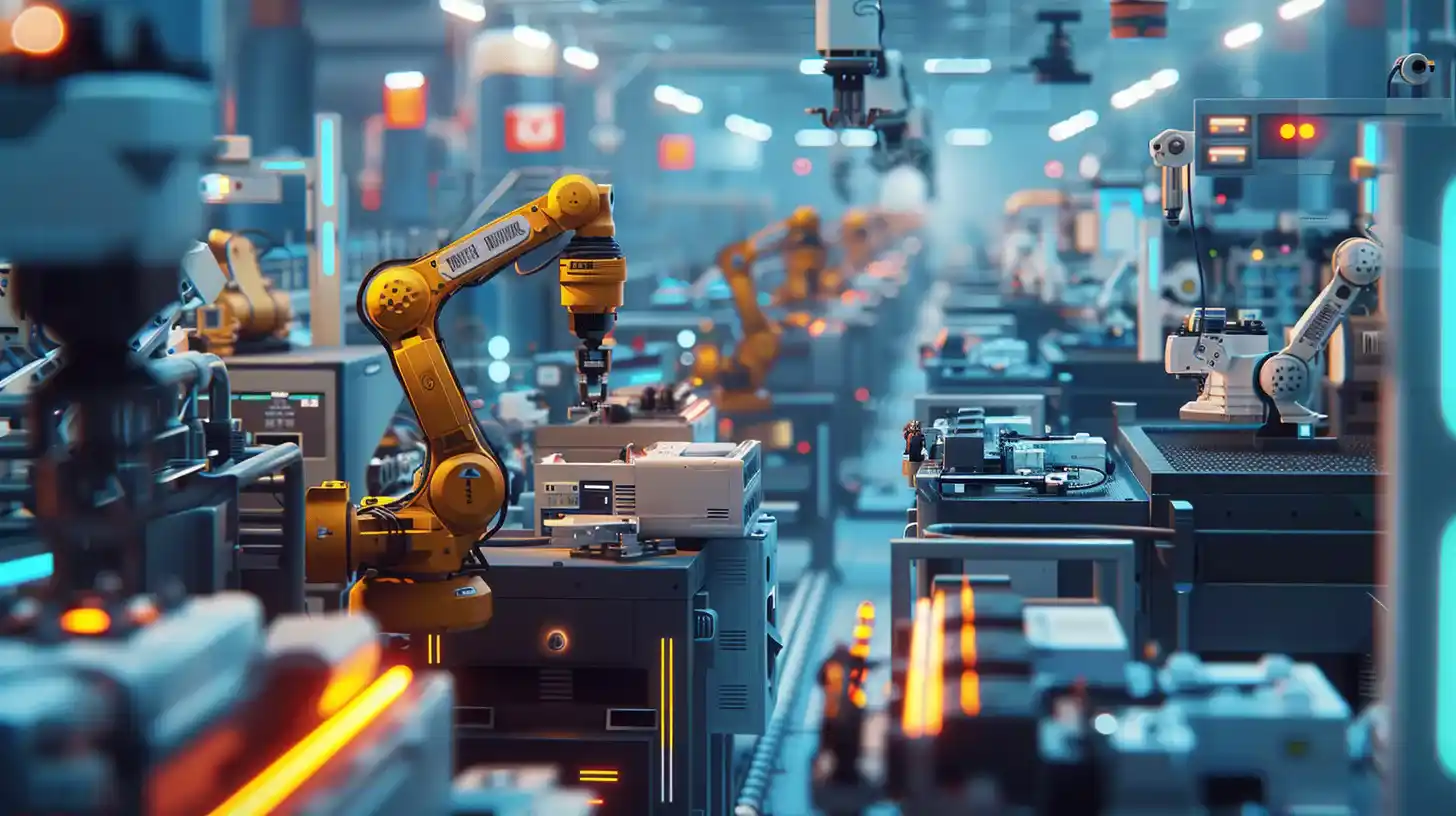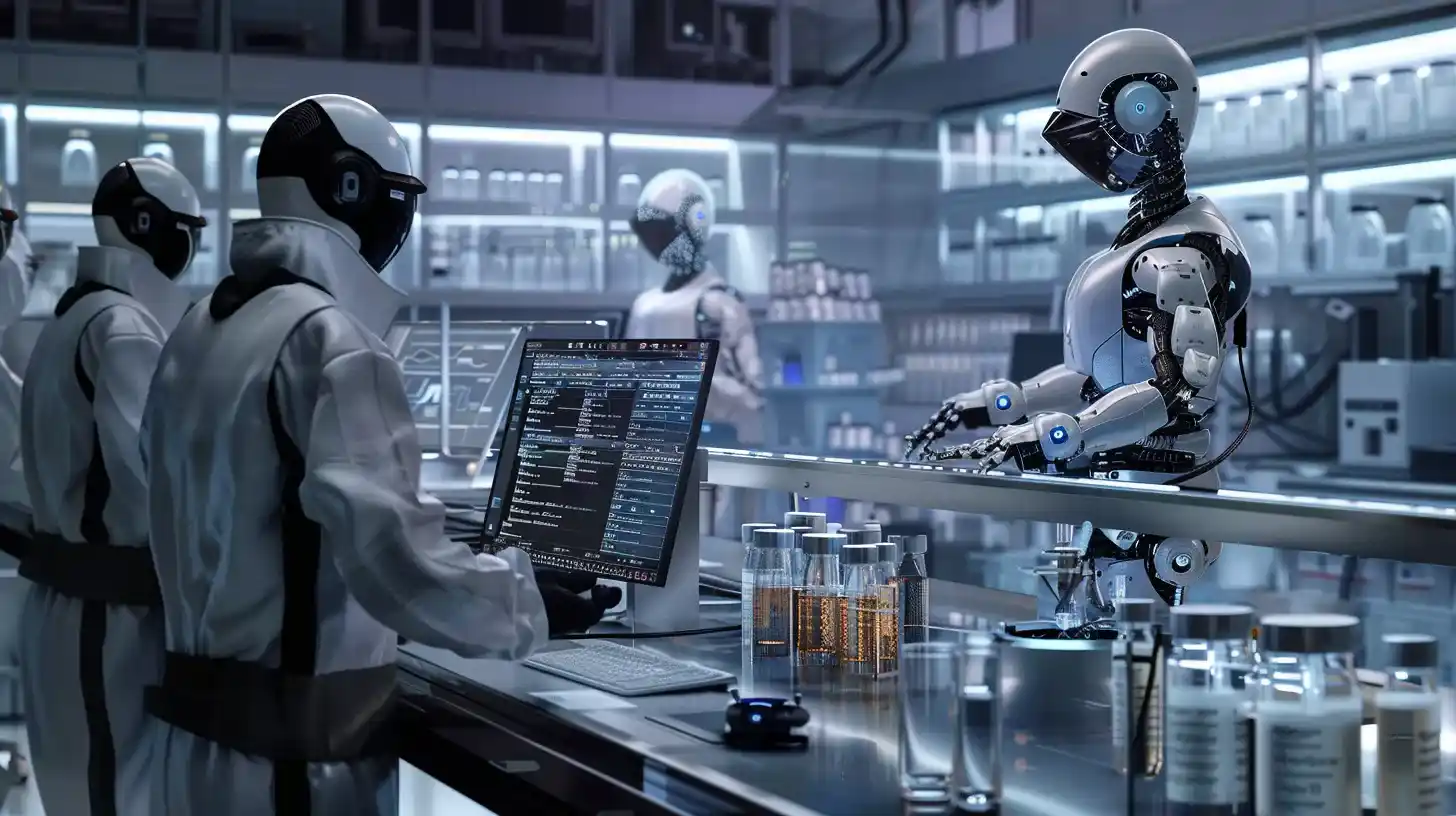Table of Contents
Rise of the Machines: The landscape of robotics is undergoing a dramatic transformation in China, fueled by the emergence of generative AI. This powerful technology, akin to OpenAI‘s ChatGPT chatbot, grants machines the ability to understand and generate information with an uncanny human-like quality. While the American-developed tech remains unavailable in China, domestic giants like Baidu are forging their own path with similar AI models and chatbots.
This transformative technology is having a profound impact on the development of humanoid robots. Li Zhang, COO of Shenzhen-based LimX Dynamics, explains how generative AI is empowering robots to grasp and navigate their surroundings with unprecedented acuity.
This advancement has significantly shortened Li’s initial projections for LimX’s development timeline. Originally envisioning an eight to ten-year journey to produce a household-capable humanoid robot, Li now anticipates achieving specific use cases within five to seven years. “Witnessing how AI enhances the capabilities of various tools has been transformative,” Li remarks. “It has undeniably accelerated our entire research and development cycle.”
The potential windfall is attracting a swarm of players. OpenAI itself is actively backing humanoid robot startups, while Elon Musk’s Tesla is developing its own robotic marvel, codenamed Optimus. The electric car behemoth BYD isn’t sitting on the sidelines either, having invested in Shanghai’s Agibot just months after its inception.
Even the Chinese government is signaling its interest. State media prominently displayed a photo of President Xi Jinping inspecting a humanoid robot during a recent visit to Shanghai. This robot, a product of Fourier Intelligence, exemplifies the nation’s growing focus on this technology.
Factories: A Lucrative Launchpad for Humanoid Robots
While Rise of the Machines household applications remain a long-term vision for companies like LimX, factories present a more immediate and lucrative opportunity for deploying humanoid robots. China has reigned supreme in industrial robot installations since surpassing Japan in 2013. According to Stanford’s latest AI Index report, the nation now accounts for over half of the global total, with electronics, automotive, and metalworking sectors leading the charge.

Rise of the Machines: The Symbiotic Future of Man and Machine
The complete usurpation of human jobs Rise of the Machines by AI remains a distant prospect. LimX’s Li emphasizes that even with advanced AI for decision-making, current mechanical limitations prevent humanoids from fully replicating human labor. However, this doesn’t negate the transformative potential of AI.
One of LimX’s investors, Future Capital, has also invested in Pan Motor, a company specializing in motors specifically designed for humanoids. While generative AI doesn’t directly translate to enhanced robotic motion, Eric Xia, a partner at Future Capital, highlights its role in “facilitating advanced task planning” for humanoids.
Cost reduction is another crucial factor for accelerating the Rise of the Machines’ adoption of factory robots. Steve Hoffman, chairman of startup accelerator Founders Space, believes his investment, Fastra, can achieve mass robot production within a year. Hoffman, who recently spent time in China educating businesses on integrating generative AI, anticipates initial orders from research institutions.
His vision centers on achieving a cost-effective price point of $50,000 to $100,000 per robot, with the added advantage of 24/7 operation through self-charging batteries. “At this price point, we can expect a significant surge in robot sales,” Hoffman predicts.
AI Revolutionizes Drug Discovery

The impact of generative AI extends beyond robotics. In the realm of pharmaceutical research, this technology is demonstrably reducing costs without the rise of the machines displacing human jobs. Alex Zhavoronkov, CEO of Insilico Medicine, explains how AI streamlines the drug discovery process.
Traditionally, large pharmaceutical companies have incurred significant expenses replicating molecules for testing. Zhavoronkov emphasizes how generative AI enables Insilico to achieve similar results with a mere 70 molecules per program, a dramatic reduction that translates to substantial cost savings. T
The company’s success story is further underscored by their recent publication in Nature, detailing an AI-generated drug that has reached phase 2 clinical trials.
The synergy between generative AI and robotics is ushering in a new era for China. From revolutionizing factories to accelerating medical breakthroughs, this powerful technology is poised to reshape the nation’s future.